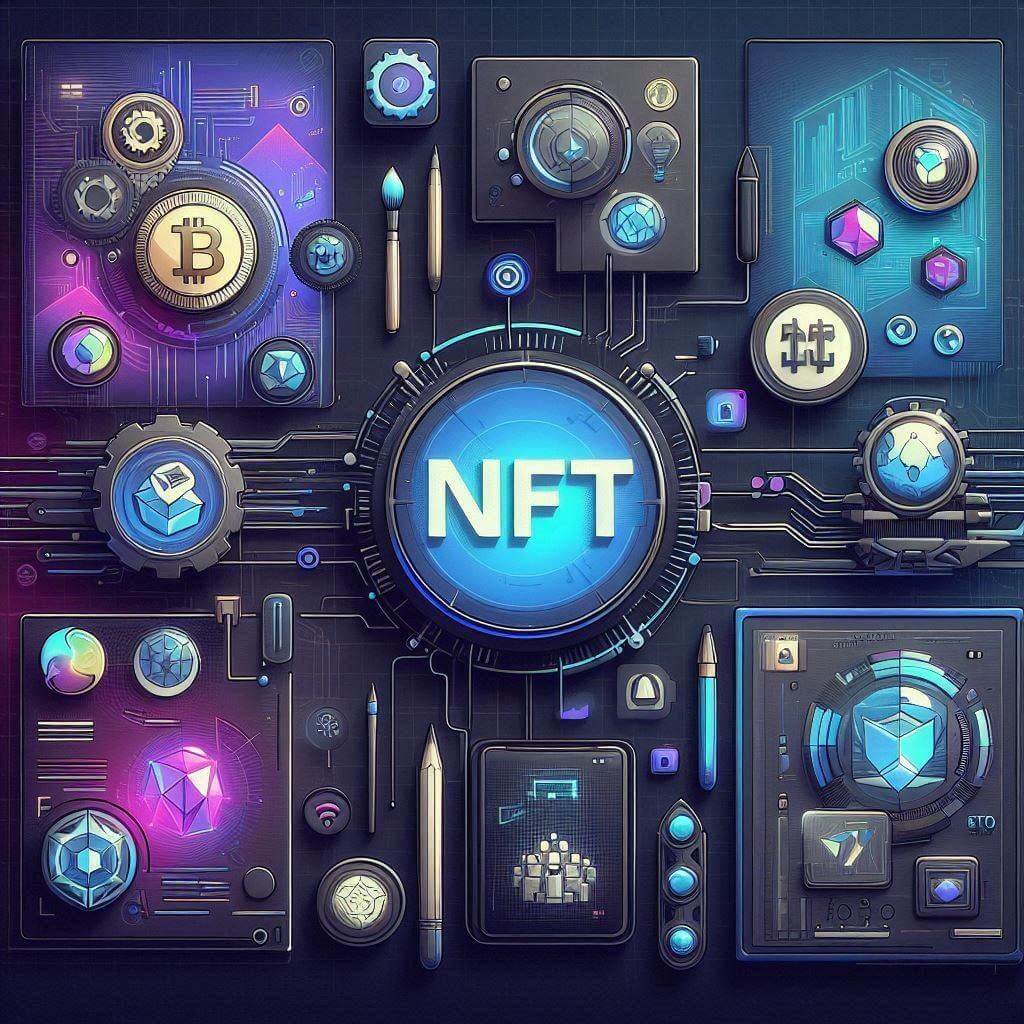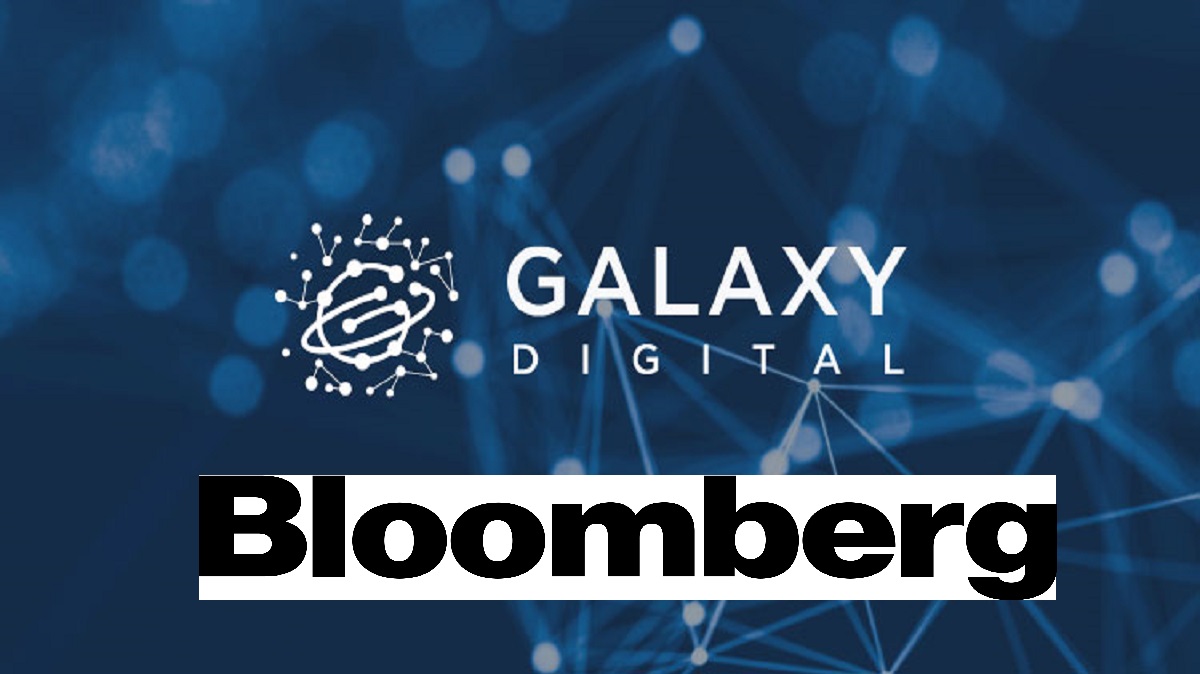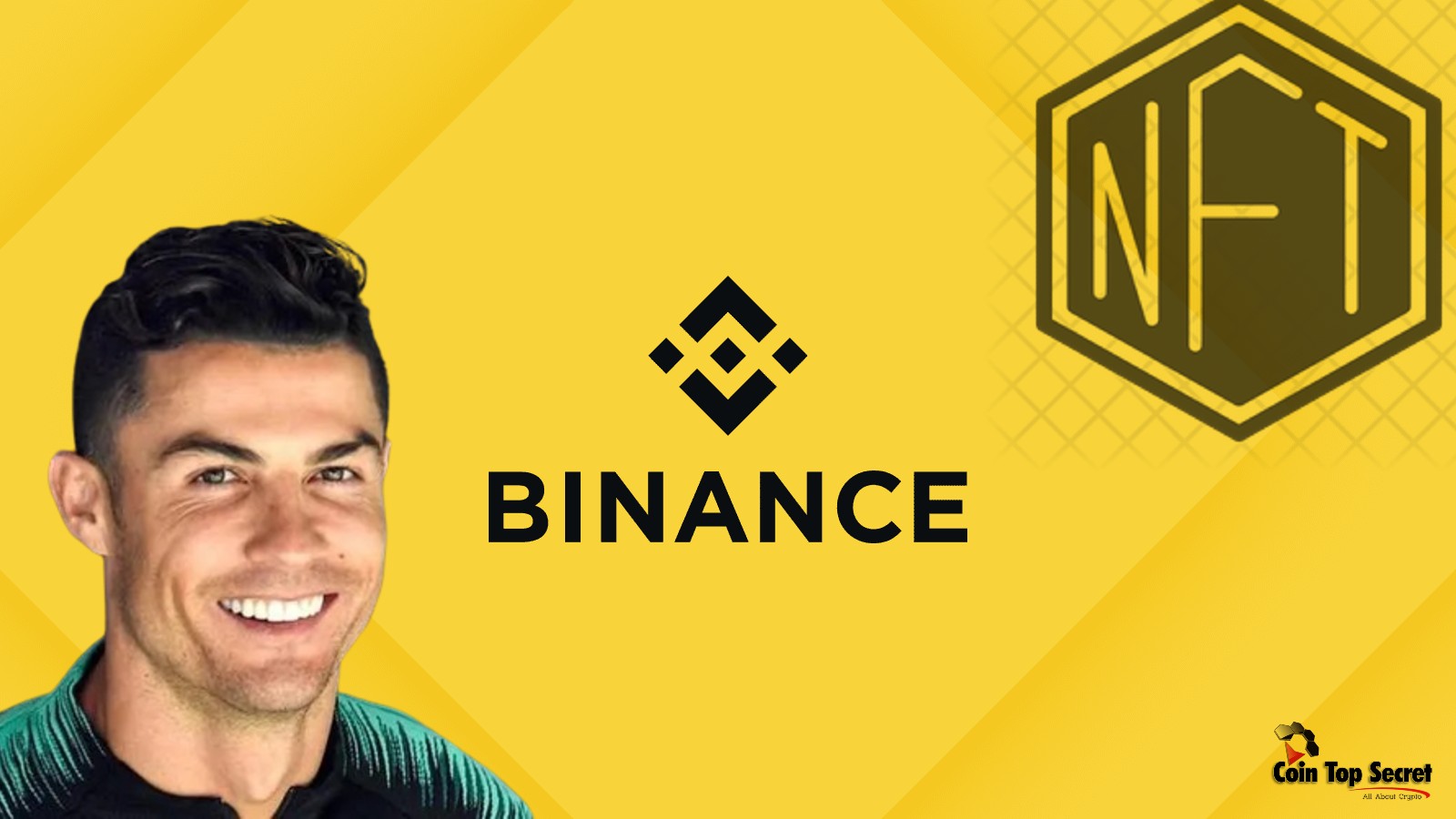The world of NFTs has exploded in recent years, with marketplaces emerging as the hubs where these digital assets are bought, sold, and traded. But with so many platforms available, how do you know which NFT marketplace is the right fit for your needs? Whether you’re an artist looking to mint your first token or a collector searching for rare digital art, choosing the right marketplace can make all the difference.
Are you curious about which platform offers the best features for creators? Or perhaps you’re wondering where to find the most competitive fees for buyers and sellers? With an overwhelming number of choices, from established platforms like OpenSea to niche marketplaces catering to specific art forms, the process can feel daunting.
This guide will break down the essential elements of comparing NFT marketplaces, giving you a clear understanding of what each platform has to offer. We’ll dive into the key factors you should consider—security, fees, user experience, and more—so you can make informed decisions about where to buy, sell, and trade NFTs. Let’s navigate this rapidly evolving space and help you find the marketplace that aligns with your goals.
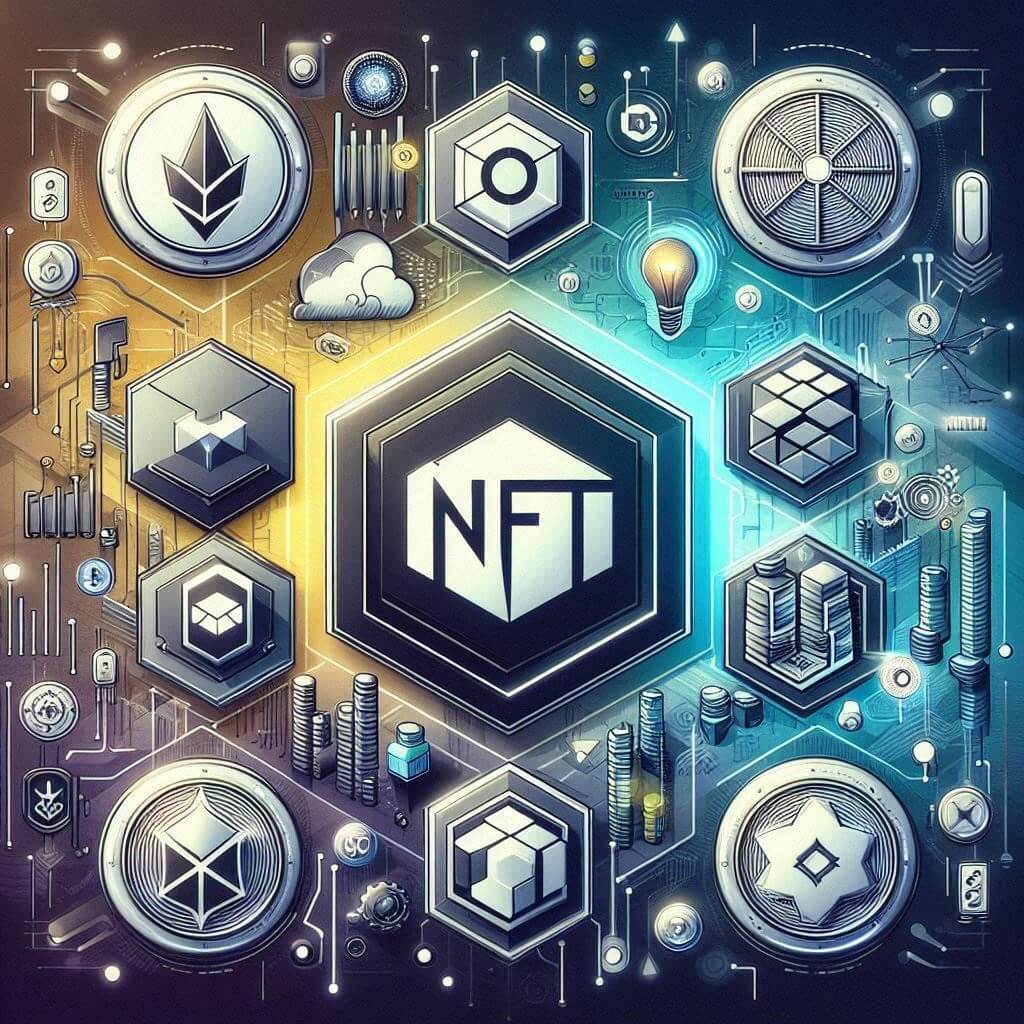
What is an NFT Marketplace and Why Does it Matter?
An NFT marketplace is a digital platform where non-fungible tokens (NFTs) are bought, sold, and traded. These marketplaces serve as a bridge between creators and collectors, enabling transactions that support a wide variety of assets—from digital art and music to virtual real estate and gaming items. But why is the choice of an NFT marketplace so important?
The right platform can significantly impact your success, whether you’re an artist looking to mint your first NFT or a buyer seeking unique collectibles. With factors like transaction fees, user experience, and security all varying across platforms, finding a marketplace that aligns with your goals is crucial.
Key Features to Look For in an NFT Marketplace
When choosing the best marketplace for your needs, consider these essential factors:
- Ease of Use: Is the platform user-friendly? Can you easily navigate through its features and start trading without complications?
- Supported Blockchains: Some platforms operate on Ethereum, while others may use blockchains like Solana or Binance Smart Chain. Make sure the marketplace supports the blockchain that works best for you.
- Marketplace Fees: Are there minting fees? What percentage does the platform take from each transaction? These costs can add up quickly and impact your profit margins.
- Security Measures: Does the marketplace prioritize secure transactions? Look for platforms with strong encryption, two-factor authentication, and a transparent security policy.
Types of NFTs Available
Not all NFT marketplaces are created equal, and many specialize in certain types of assets. Understanding the types of NFTs each platform supports can help narrow down your choices.
- Art and Collectibles: Platforms like OpenSea and Rarible are popular for digital art and collectibles, offering a wide range of tokens from various creators.
- Gaming Assets: If you’re interested in NFTs tied to gaming, platforms like Axie Marketplace or Enjin provide a tailored experience for trading in-game items.
- Music and Videos: Some platforms focus on media, like Zora and Audius, which are perfect for musicians and content creators looking to tokenize their work.
Why the Right Choice Matters
Selecting the right marketplace can boost visibility for your NFTs, expose your work to the right audience, and potentially lower your costs. On the flip side, choosing the wrong one can lead to higher fees, limited exposure, and even security risks. By analyzing each platform’s unique offerings, you can find the one that best suits your specific needs.
In this fast-growing industry, understanding the differences between NFT marketplaces is your first step toward making smart, informed decisions.
How to Compare NFT Marketplaces: Key Metrics to Consider
With so many NFT marketplaces available, how do you determine which one is the best fit for your needs? It’s not a one-size-fits-all answer. Every platform offers different advantages depending on your goals—whether you’re an artist, a collector, or an investor. By focusing on key metrics, you can make an informed decision that aligns with your objectives.
1. Transaction Fees: What Will You Pay?
One of the first factors to look at when comparing NFT marketplaces is the transaction fees. These fees can vary widely between platforms and can significantly affect your profit margins. Some platforms charge higher fees for minting NFTs, while others may have lower selling fees but higher buyer fees.
- Minting fees: Some platforms charge creators to mint an NFT, which can range from a few dollars to hundreds, depending on the blockchain.
- Platform commission: Most NFT marketplaces take a percentage of each sale. OpenSea, for example, charges a 2.5% commission, while others may charge more or less.
- Gas fees: Don’t forget about gas fees! If you’re using Ethereum-based platforms, gas fees for transactions can be volatile and impact your earnings.
Ask yourself: how do these fees impact your potential return on investment? Understanding the cost structure of each marketplace is crucial for maximizing your profit.
2. Supported Blockchains: Ethereum, Solana, or Something Else?
Different NFT marketplaces operate on different blockchains. For instance, Ethereum is the most commonly used blockchain for NFTs, but it’s not the only option. Many platforms now offer alternatives like Solana or Binance Smart Chain, which often come with lower transaction fees and faster processing times.
- Ethereum: The largest ecosystem for NFTs but often plagued by high gas fees.
- Solana: Known for its fast transactions and lower fees, Solana is gaining traction in the NFT space.
- Binance Smart Chain: Another low-fee alternative that supports a growing number of NFT marketplaces.
Choosing the right blockchain is crucial. If you’re focused on high-end art, Ethereum may still be your best bet due to its large user base. On the other hand, if you’re minting NFTs in bulk or involved in gaming assets, a blockchain with lower fees like Solana might be more practical.
3. Marketplace Liquidity: Will Your NFTs Sell?
Another important factor to consider is liquidity. Essentially, how easy is it to sell NFTs on a given platform? High liquidity means more active buyers and sellers, which increases the chances of your NFTs selling quickly. Platforms like OpenSea and Rarible tend to have high liquidity because they cater to a broad audience and support various types of NFTs.
- User base size: More users generally mean more opportunities to sell your NFTs.
- Trading volume: A higher trading volume indicates more active buyers and sellers, improving your chances of making a sale.
- Niche vs. general: Some marketplaces, like Foundation, focus on high-end art and cater to a niche audience. Others, like OpenSea, offer a variety of NFTs from different categories.
4. Security and Trust: How Safe Is Your NFT?
Security should always be a top priority when dealing with digital assets. Some platforms are more secure than others, and choosing a reputable marketplace can protect you from potential scams or hacks.
- Platform reputation: Established platforms like OpenSea, Rarible, and Foundation have built strong reputations over time, making them more trustworthy.
- Two-factor authentication: Ensure the platform offers two-factor authentication (2FA) to secure your account.
- Smart contract audits: Some marketplaces take extra steps by having their smart contracts audited for vulnerabilities, ensuring your transactions are safe.
In a space as volatile as NFTs, security isn’t something to overlook. Double-check the platform’s security measures before committing to any transaction.
5. User Experience and Features: Is It Easy to Navigate?
Finally, take the user experience into account. How easy is it to navigate the marketplace? Are the tools for buying, selling, and minting user-friendly? A marketplace with a clean, intuitive interface can save you time and frustration.
- Minting process: Is minting straightforward, or do you need technical knowledge to get started?
- Search and filter options: Can you easily find the NFTs you’re interested in? Some platforms offer advanced filters to help narrow down your search.
- Cross-device functionality: Does the platform work smoothly on both desktop and mobile devices?
If you’re new to NFTs, you’ll want a marketplace that’s easy to navigate and offers educational resources. A platform that’s complicated or requires deep technical knowledge can be a hurdle, especially for beginners.
Make an Informed Decision
By focusing on these key metrics—transaction fees, supported blockchains, liquidity, security, and user experience—you can better evaluate which NFT marketplace is the right fit for your goals. Whether you’re an artist minting your first piece or an investor looking for undervalued assets, understanding these factors will help you navigate the NFT landscape with confidence.
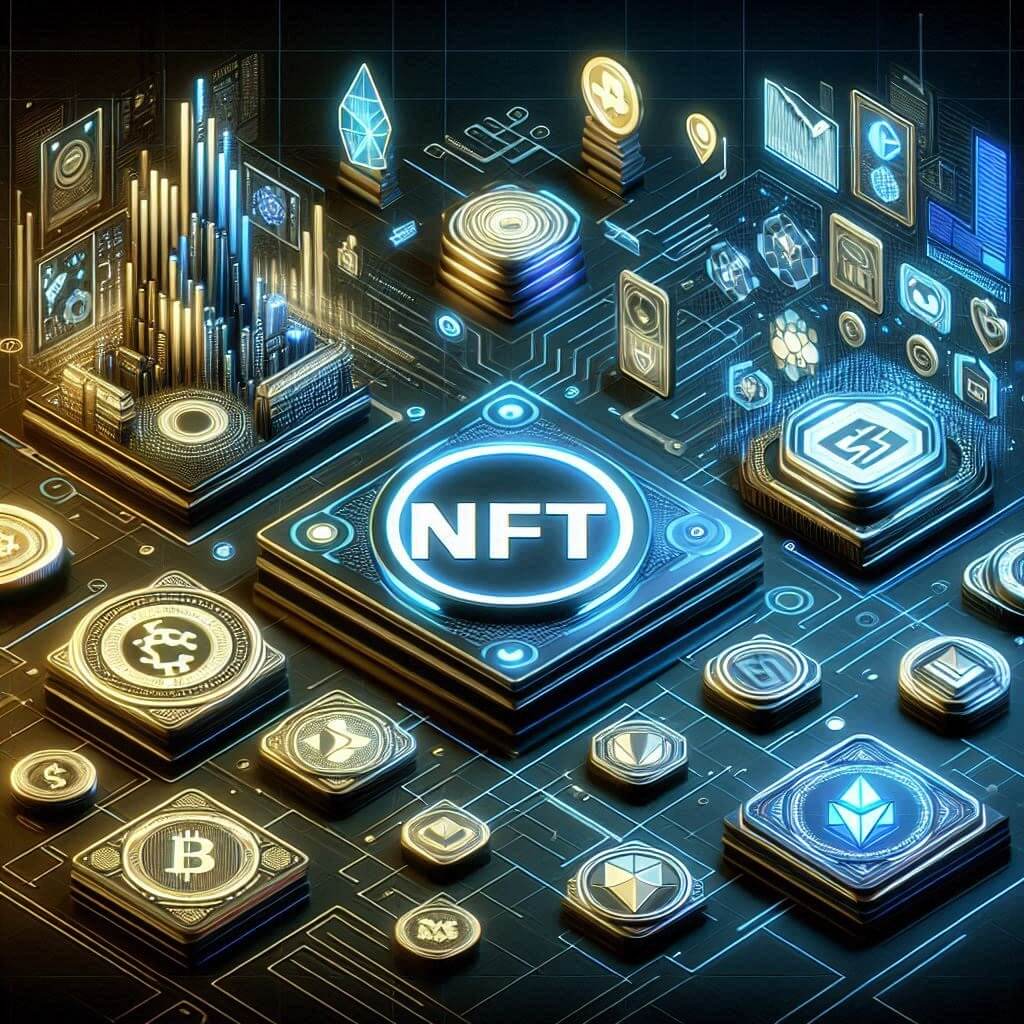
Read More: What is Blockchain Technology? Everything You Need to Know
Popular NFT Marketplaces: Which One Is Right for You?
With so many NFT marketplaces to choose from, how do you decide which one is the best for your unique needs? Whether you’re an artist, a collector, or just exploring the NFT world, understanding the strengths of each marketplace can guide your decision. Let’s explore some of the most popular platforms and what they offer.
1. OpenSea: The Largest NFT Marketplace
When most people think of NFTs, OpenSea often comes to mind. As the largest and one of the most established platforms, it supports a wide variety of assets, including art, domain names, in-game items, and more. But is it the right fit for you?
- User base: With millions of active users, OpenSea offers high liquidity, meaning your NFTs are likely to get more visibility here compared to smaller platforms.
- Supported blockchains: Primarily built on Ethereum, OpenSea also supports blockchains like Polygon, which can reduce transaction costs for users.
- Transaction fees: OpenSea charges a 2.5% fee on every transaction, which is lower than some competitors.
If you’re looking for a well-rounded platform with a vast selection of NFTs and a large audience, OpenSea is likely a strong choice. However, the downside can be high Ethereum gas fees, so keep that in mind if you’re concerned about transaction costs.
2. Rarible: Community-Owned Marketplace
Rarible stands out as one of the few community-driven NFT marketplaces, giving its users a say in the platform’s governance through RARI tokens. If you’re looking for a platform where you can have a voice and influence future changes, Rarible might be worth considering.
- Governance: Through RARI tokens, users can vote on platform upgrades and policies.
- Multi-chain support: Rarible now supports Ethereum, Flow, and Tezos, making it accessible to those wanting to avoid high gas fees.
- Marketplace fees: Like OpenSea, Rarible charges a 2.5% fee on all transactions.
Rarible’s community-centered approach makes it appealing for creators and buyers who want a stake in the platform’s evolution. If decentralization and voting power matter to you, Rarible is a strong contender.
3. SuperRare: For High-End Digital Art
If you’re a digital artist or collector focused on one-of-a-kind, high-quality pieces, SuperRare could be your go-to marketplace. SuperRare positions itself as a premium platform for unique digital art, focusing on quality over quantity.
- Curated marketplace: Unlike OpenSea or Rarible, SuperRare is more exclusive, accepting only a small number of artists.
- One-of-a-kind NFTs: Each NFT on SuperRare is a unique, limited-edition piece of digital art, often sold at higher prices.
- Commission fees: SuperRare charges a 15% commission on primary sales and a 3% fee on secondary sales.
SuperRare’s exclusivity comes with a higher price tag, but it’s perfect for collectors and artists who want to focus on unique, high-end digital art. It’s less accessible for bulk NFT creators or those dealing in collectibles, but for art connoisseurs, it’s a prime marketplace.
4. Foundation: A Platform for Creators
Foundation has quickly become a favorite among artists and creators, offering an easy-to-use platform for minting and selling NFTs. Its design-focused approach appeals to digital creators who want a clean, minimalist experience.
- Invitation-only: Foundation is known for its invitation-only model, where creators must be invited by a peer to join.
- Art-focused: The platform primarily supports digital art, making it ideal for artists looking to showcase their work in a visually appealing space.
- Transaction fees: Foundation takes a 15% commission on all primary sales, which is higher than OpenSea or Rarible but still reasonable for many artists.
If you’re an artist looking for a platform that emphasizes design and creativity, Foundation offers a supportive community and a streamlined interface.
5. NBA Top Shot: A Niche for Sports Fans
For sports enthusiasts, NBA Top Shot is a marketplace that focuses on tokenized moments from NBA games. Whether you’re a basketball fan or an NFT investor, NBA Top Shot is a specialized platform that has captured the attention of sports collectors.
- Blockchain: NBA Top Shot operates on Flow, a blockchain known for its scalability and low fees.
- Unique assets: Instead of traditional NFTs, users buy, sell, and trade digital highlights from NBA games, making this platform a great choice for sports memorabilia collectors.
- User-friendly interface: NBA Top Shot’s interface is designed to be beginner-friendly, allowing new users to dive into the world of NFTs without complex blockchain knowledge.
For those who want a niche, sports-focused marketplace, NBA Top Shot offers a fun and engaging way to invest in digital collectibles tied to real-world events.
Final Thoughts
Choosing the right NFT marketplace depends on your specific goals. Are you looking for high liquidity and a broad audience? OpenSea might be your platform. Prefer a community-driven experience? Rarible’s governance structure gives you a voice. If high-end digital art is your focus, SuperRare’s exclusivity will appeal to you. For creators seeking a visually striking platform, Foundation could be ideal, while sports fans may find NBA Top Shot to be the perfect niche marketplace.
By understanding what each marketplace offers, you can select the one that aligns best with your needs, whether you’re a creator, collector, or investor.
How to Choose the Best NFT Marketplace for Your Needs
Now that you know the most popular NFT marketplaces and what each one offers, the next question is: how do you choose the right one for you? Whether you’re a creator trying to sell your art or a buyer hunting for rare collectibles, making the right choice can affect everything from your visibility to your profits. Here’s how you can narrow down your options.
1. Understand Your Purpose: Creator or Collector?
The first thing to consider is your role. Are you looking to mint and sell NFTs, or are you on the hunt to buy and collect? The answer will greatly influence which marketplace suits your needs.
- For creators: Look for platforms that offer easy minting processes, low fees, and high visibility. Platforms like OpenSea and Foundation are excellent for creators who want a wide reach, while niche platforms like SuperRare may cater to artists focusing on high-end pieces.
- For collectors: If you’re buying NFTs, consider platforms with a strong reputation, a broad range of NFTs, and active trading. Rarible and NBA Top Shot are known for their community and wide variety, making them ideal for buyers.
Think about what’s most important for you—are you more concerned about ease of use, transaction fees, or the size of the audience? Answering these questions will help narrow down your options.
2. Evaluate Fees: What Are You Willing to Pay?
Let’s talk money. Transaction fees can significantly impact your profit margins as a creator or the cost of your collection as a buyer. Each platform handles fees differently, so it’s important to review the fee structure carefully.
- Minting fees: If you’re a creator, you’ll want to pay attention to the cost of minting NFTs. Some platforms, like OpenSea, allow creators to “lazy mint,” where you don’t pay until your NFT is sold. Others may require upfront payment.
- Commission fees: Most platforms take a cut of each sale, typically ranging from 2.5% to 15%. SuperRare’s 15% commission may seem high, but it could be worth it for exclusive, high-end art. Platforms like OpenSea and Rarible, on the other hand, charge lower fees.
- Gas fees: Especially for Ethereum-based platforms, gas fees can be unpredictable and sometimes expensive. If you’re concerned about fluctuating gas prices, consider alternatives like Flow or Solana-based platforms, which offer lower fees and faster transactions.
3. Think About the Audience: Where Will Your NFTs Get the Most Exposure?
Exposure is everything, especially if you’re a creator. You want your work to be seen by as many potential buyers as possible. Not all NFT marketplaces are created equal when it comes to audience size and engagement.
- Large audiences: Platforms like OpenSea have millions of active users, making it a great place for exposure. The downside? High competition. Your NFT might get lost in a sea of other listings unless it’s something that truly stands out.
- Niche platforms: Platforms like SuperRare or Foundation cater to specific audiences and are known for higher-end digital art. These smaller, curated platforms may offer less exposure, but they attract buyers who are willing to spend more on unique pieces.
- Community-driven: Rarible offers something different with its community-driven structure. Users with RARI tokens can influence platform decisions, making it appealing for creators who want to engage in the platform’s evolution.
4. Consider the Blockchain: Ethereum vs. Alternatives
The blockchain a marketplace operates on plays a significant role in your NFT experience, particularly when it comes to speed, fees, and environmental impact. Ethereum is the most well-known, but it isn’t the only option.
- Ethereum: It’s the most widely used blockchain for NFTs, but it also comes with high gas fees and slower transaction times. If you’re dealing in high-value NFTs, it may still be worth it due to Ethereum’s robust network and security.
- Solana: Known for lower fees and faster transactions, Solana is becoming a popular alternative to Ethereum. Platforms like Magic Eden operate on Solana and are great for creators and buyers looking for affordability.
- Flow: This blockchain is used by NBA Top Shot, and it’s designed specifically for large-scale consumer applications, with low fees and fast processing times. Flow is ideal for anyone who prioritizes speed and affordability over network popularity.
Choosing the right blockchain often comes down to balancing fees, speed, and the platform’s reach. If you’re worried about environmental impact, Solana and Flow are also considered greener alternatives to Ethereum.
5. Ease of Use: How Comfortable Are You With the Platform?
Finally, don’t overlook user experience. Some platforms are easier to navigate than others, and depending on your technical skills, this could be a deciding factor.
- Beginner-friendly: If you’re new to NFTs, consider platforms like NBA Top Shot or OpenSea. They are known for their intuitive interfaces and require minimal blockchain knowledge.
- More complex: Platforms like SuperRare or Foundation may require more understanding of blockchain technology and are better suited for experienced users or artists looking for a more curated experience.
Always make sure the platform feels intuitive. The last thing you want is to be bogged down by complicated processes when you could be focusing on creating or collecting NFTs.
Match the Platform to Your Goals
Choosing the best NFT marketplace isn’t a one-size-fits-all decision. It depends on what you’re looking to achieve—whether it’s creating a high-end piece of digital art or collecting a diverse range of NFTs. By understanding the fees, audience, blockchain, and user experience of each marketplace, you can find the perfect platform that aligns with your goals and makes your NFT journey more rewarding.
With so many options, there’s no shortage of opportunities to thrive in the growing world of NFTs. Now that you know how to compare these marketplaces, the next step is to dive in and start exploring!
Conclusion: Making the Right Choice in the NFT Marketplace Landscape
As you venture into the world of NFTs, the key takeaway is that not all marketplaces are created equal. The right NFT marketplace for you depends on your specific goals—are you an artist looking to share your digital creations with the world, or a collector hunting for rare, high-quality NFTs? Perhaps you’re an investor, eyeing future returns in this rapidly growing space. Regardless of your role, choosing the right platform can significantly impact your success.
Think about this: have you considered the transaction fees, the type of blockchain, or the marketplace’s audience? Each of these factors will influence your overall experience. For creators, minting costs and visibility are paramount. You want your NFTs to shine in front of the right audience without being weighed down by high fees. For collectors, the ease of finding the right pieces, coupled with platform security, will shape your buying decisions.
But there’s more to this decision than just numbers and blockchains. The community around a marketplace is just as important. Do you prefer a decentralized, community-driven platform like Rarible where you can influence its future? Or are you drawn to the exclusivity of curated platforms like SuperRare or Foundation, where the focus is on quality over quantity?
Ultimately, your choice should be guided by what aligns with your vision and goals in the NFT world. NFTs are more than just digital assets—they’re art, collectibles, and investments that hold value for the future. Selecting the right marketplace sets the stage for that value to grow.
So, what’s your next move? Now that you have the knowledge to compare platforms effectively, it’s time to dive in, experiment, and discover the marketplace that resonates with you. In this rapidly evolving digital landscape, staying informed and adaptable is the key to success. Whether you’re minting your first NFT or adding to your collection, you’re now equipped to make a choice that can enhance your journey in the exciting world of NFTs.
Read More: Explore the Top DeFi Projects to Invest in 2024 /2025

